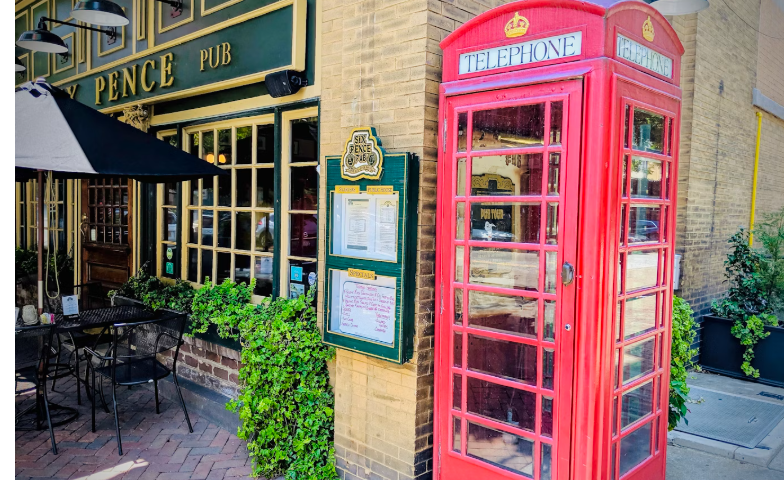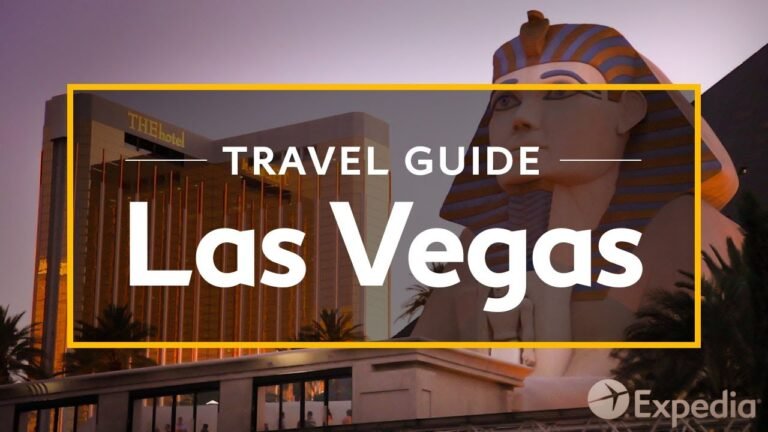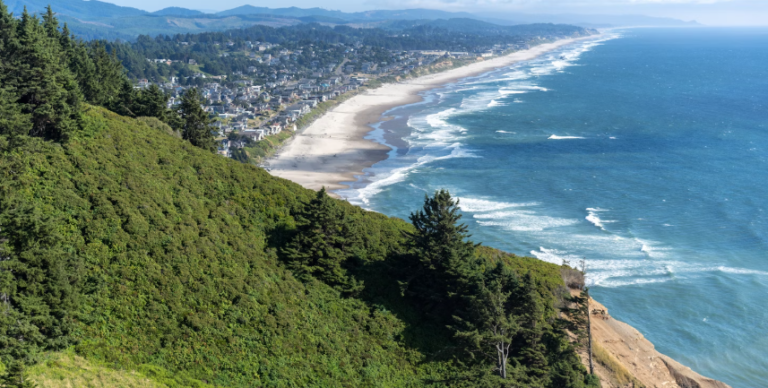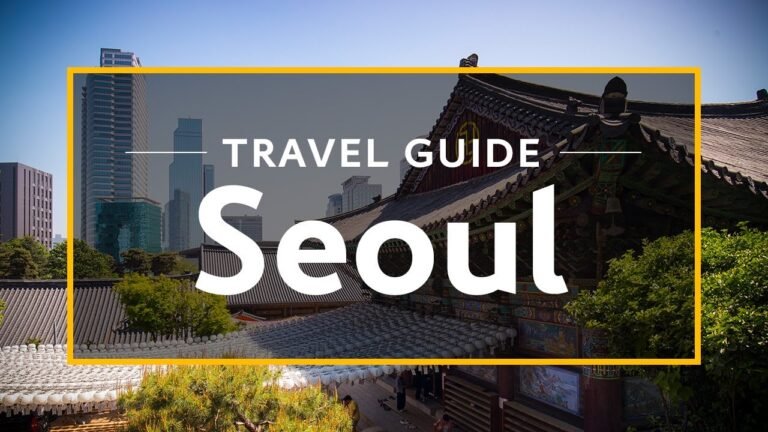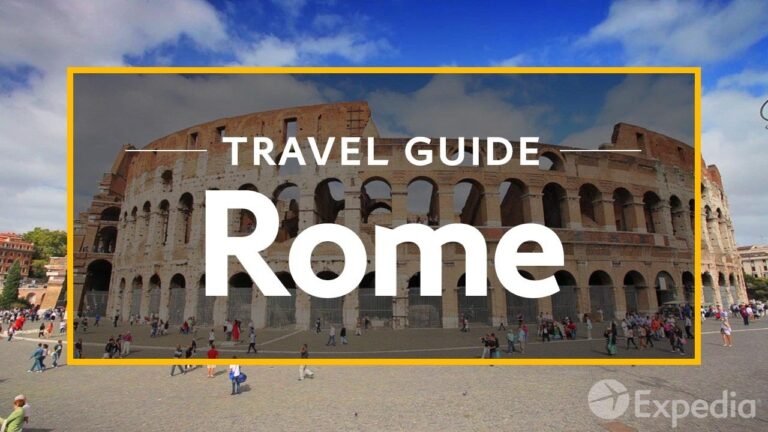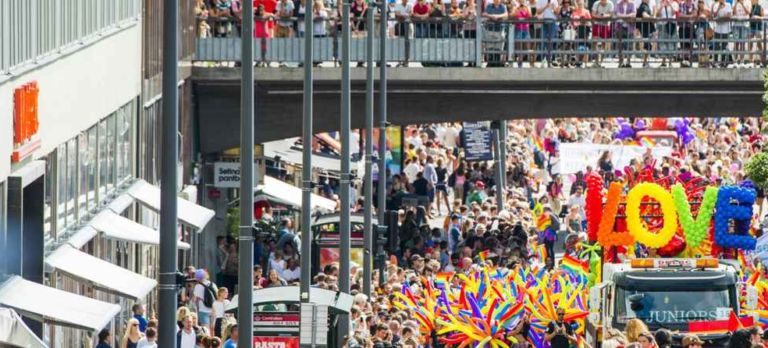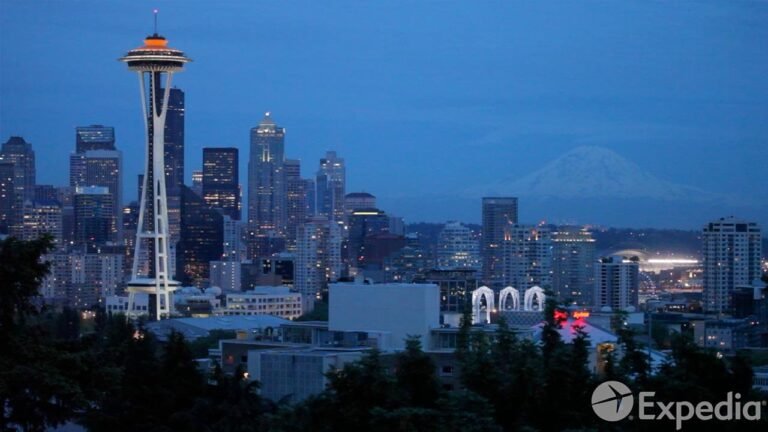Historic Savannah Georgia – Gem of the South
Welcome to historic Savannah, Georgia, one of America’s most charming and historic cities! Founded in 1733, this beautiful coastal city is like stepping into a living history book, where ancient oak trees draped with Spanish moss line the streets and historic squares tell stories of the past.
Let’s explore what makes Savannah unique, from its rich cultural heritage to its mouth-watering Southern cuisine. And brief history. It truly is one of the most beautiful cities in the south. 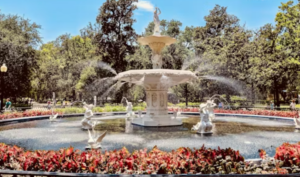
Historic Savannah Georgia
Savannah is located along Georgia’s Atlantic coast, about 250 miles southeast of Atlanta. It is built on a bluff overlooking the Savannah River, about 18 miles from the Atlantic Ocean. This strategic location helped it become one of the South’s most important ports.
Did you know that the historic Savanna, Georgia district sits 40 feet above sea level, which helps protect it from many coastal storms? Moreover, the city is surrounded by coastal marshlands and rivers, which makes it unique. Savannah serves as a gateway to nearby beach destinations like Tybee Island. Does that sound enticing? It’s time to pack your bags and put on your traveling shoes. Here’s a link for all your travel needs.
Brief History
Savannah is distinguished as Georgia’s first city, established by British General James Oglethorpe. He designed the city using a unique grid pattern with beautiful public squares, making it America’s first planned city. During the Civil War, Savannah was famously spared from destruction when General Sherman presented the city as a “Christmas gift” to President Lincoln in 1864. This location is also the home of many notable people.
Another fun fact: Some well-known people who have lived in Savannah include:
- Paula Deen, the celebrity chef, who has been closely associated with Savannah and operated her restaurant Lady & Sons there
- Johnny Mercer, the famous songwriter who wrote “Moon River” and other classics, was born and raised in Savannah
- Flannery O’Connor, the renowned author, lived in Savannah during her early years
- Diana Scarwid, the Academy Award-nominated actress, was born and raised in Savannah
Savannah is also a cultural hub for history, art, and academics.
Culture
Savannah’s culture is a wonderful blend of Southern hospitality, artistic expression, and historical preservation. The Savannah College of Art and Design (SCAD) has brought the city a vibrant, creative energy while respecting its historic character and diverse population. 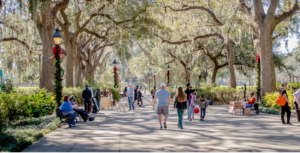
Population
As of 2023, Savannah’s population is approximately 147,000 in the city proper, while the greater metropolitan area includes about 400,000 residents. The city’s population reflects diverse cultures, with a rich African-American heritage significantly shaping local traditions. TSavanna also has many unique features
What Savannah Is Best Known For
Savannah has earned several notable distinctions:
- Its 22 historic squares make it one of America’s largest National Historic Landmark Districts
- Being known as “America’s Most Haunted City” due to its many ghost stories and historic buildings
- The famous bench scene from the movie “Forrest Gump” was filmed in Forsyth Park
- The “Midnight in the Garden of Good and Evil” book and movie showcased Savannah’s unique character
Let me elaborate on each point with more depth and context:
Savannah’s Historic Squares
The 22 historic squares form the heart of James Oglethorpe’s revolutionary 1733 city plan, one of America’s first examples of urban planning. Each square has its character and story: Johnson Square was the first and remains the largest, while Chippewa Square (where the Forrest Gump scene was filmed, not Forsyth Park) features a prominent statue of Georgia’s founder. These squares create a unique urban environment where residents and visitors encounter a shaded park surrounded by historic homes and buildings every few blocks. 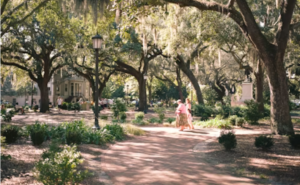
Haunted Reputation
Savannah’s reputation as “America’s Most Haunted City” stems from its layered history, including its role during the Revolutionary and Civil Wars, yellow fever epidemics, and numerous documented paranormal activities. The Sorrel Weed House, Colonial Park Cemetery, and Marshall House are particularly famous haunted locations. The city embraces this reputation with multiple ghost tours, from historical walking tours to more theatrical “midnight in the graveyard” experiences.
Forrest Gump Connection
The iconic bench scene was filmed in Chippewa Square, though the bench is now housed in the Savannah History Museum. This filming location has become a popular tourist spot, and while the actual bench is no longer there, visitors often take photos where it once stood. The movie showcased Savannah’s beautiful landscaping and Spanish moss-draped trees to a global audience.
“Midnight in the Garden of Good and Evil”
John Berendt’s 1994 non-fiction book and the subsequent Clint Eastwood-directed film brought international attention to Savannah’s unique social fabric. The story, centered around an antique dealer and a local murder case, captured Savannah’s distinctive blend of Southern gentility, eccentricity, and hidden intrigue. The Mercer-Williams House, where much of the story takes place, remains one of the city’s most visited historic homes. There are many historical places to visit in Savannah. 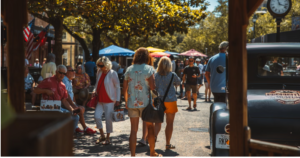
Beyond these well-known aspects, Savannah is also celebrated for its:
- Preservation of antebellum architecture, featuring examples of Federal, Georgian, Gothic Revival, and Greek Revival styles
- SCAD (Savannah College of Art and Design), which has played a crucial role in restoring historic buildings and infusing the city with artistic energy
- The culinary scene that blends traditional Southern cooking with modern innovations
- Bonaventure Cemetery is famous for its haunting beauty and Victorian monuments
Let me delve deeper into these fascinating aspects of Savannah:
The Preservation of Antebellum Architecture
Savannah is a living museum of pre-Civil War architecture, with entire neighborhoods showcasing impeccably preserved homes and buildings. The Federal-style buildings, dating primarily from 1780 to 1820, feature symmetrical designs with delicate decorative elements like fanlight windows and slim columns. The Owens-Thomas House is a prime example, displaying the style’s characteristic geometric precision.
Georgian architecture in Savannah is distinguished by its brick construction, multi-paned windows, and hip roofs. Gothic Revival buildings introduce dramatic elements like pointed arches, steep gables, and ornate woodwork, which are beautifully seen in places like Green-Meldrim House, which once hosted General Sherman during the Civil War. Greek Revival structures, popular in the 1830s and 1860s, feature imposing columns, pediments, and white-painted exteriors, exemplified by the Sorrel Weed House.
SCAD’s Impact
SCAD has transformed Savannah since its founding in 1978, breathing new life into numerous historic buildings. The university has restored over 100 structures throughout the city, including the former Central of Georgia Railway headquarters, now SCAD’s Jen Library.
These renovations maintain historical integrity while adapting spaces for modern educational use. The school’s presence has attracted thousands of artists, designers, and creative professionals, establishing galleries, studios, and design shops throughout the historic district. This artistic influx has created a unique atmosphere where contemporary creativity thrives within historical settings.
The Culinary Renaissance
Savannah’s food scene masterfully bridges traditional Southern cooking with contemporary approaches. Historic restaurants like Mrs. Wilkes Dining Room continue serving classic dishes family-style, while innovative establishments reimagine traditional ingredients. Local chefs incorporate coastal seafood, particularly fresh shrimp and oysters, into both traditional and modern preparations. 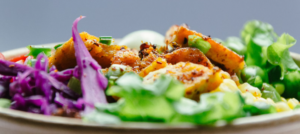
The city’s culinary identity has expanded to embrace global influences while maintaining its Southern roots, seen in restaurants that might serve pimento cheese alongside Korean-inspired dishes or combine local blue crab with international flavors.
Bonaventure Cemetery
Spanning nearly 160 acres along the Wilmington River, Bonaventure Cemetery transcends its role as a burial ground to become an outdoor art gallery. The cemetery’s Victorian monuments feature intricate carvings, ranging from delicate angels to elaborate family crypts. Live oaks draped with Spanish moss create natural Gothic archways over the paths, while native azaleas and camellias add splashes of color in season.
Notable monuments include the “Bird Girl” statue (now relocated to Telfair Museum) and the Gracie Watson memorial, depicting a remarkably detailed sculpture of a young girl. The cemetery’s design follows the Victorian garden cemetery movement, incorporating landscape elements like winding paths and careful plantings to create a contemplative space that serves as a memorial and a public park.
These elements create a unique urban fabric where history, art, cuisine, and natural beauty interweave to form Savannah’s distinctive character. The city successfully preserves its historical legacy while embracing contemporary influences, creating a dynamic cultural landscape that continues to evolve while honoring its traditional past.
The city balances its historic character with modern development, maintaining its reputation as one of America’s most distinctive and well-preserved urban environments.
Customs, Traditions, and Common Foods
Southern cuisine reigns supreme in Savannah, with some must-try local favorites:
- Traditional Low Country Boil (seafood, corn, potatoes, and sausage)
- Fresh seafood, especially shrimp and oysters
- Famous Leopold’s Ice Cream, serving since 1919
- Wilkes Dining Room, offering family-style Southern cooking
Southern cuisine in Savannah represents a rich tapestry of history, culture, and flavors that have evolved over centuries. The city’s culinary landscape is deeply rooted in Low Country traditions, which blend African, European, and Native American influences. Savannah is also known for its mouth-watering cuisine.
Frogmore Stew
The Low Country Boil, also known as Frogmore Stew, is a quintessential Savannah dish that embodies the communal spirit of Southern dining. Traditionally served spread out on newspaper-covered tables, this one-pot feast combines fresh local shrimp, sweet corn on the cob, red potatoes, and smoky andouille sausage, all seasoned with Old Bay and boiled to perfection. This dish often appears at social gatherings, family reunions, and outdoor celebrations, particularly during summer. 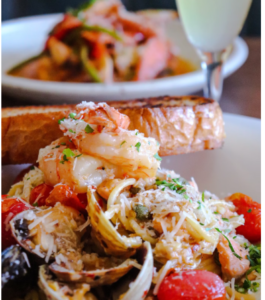
Savannah’s Seafood Harvest
Savannah’s coastal location makes it a haven for seafood enthusiasts. Local shrimping boats bring in sweet Atlantic shrimp daily, prepared in countless ways—from peel-and-eat to shrimp and grits. Oysters are harvested from nearby waters and enjoyed raw on the half shell, roasted, or in classic dishes like oyster stew. The seafood tradition here isn’t just about eating; it’s connected to the rhythms of tidal waters and seasonal harvests.
Leopold’s Ice Cream
Leopold’s Ice Cream is a testament to Savannah’s enduring food traditions. Founded by three Greek immigrant brothers in 1919, this institution has preserved its original recipes and techniques for over a century. Their signature Tutti Frutti ice cream and other classic flavors are still made in small batches using a time-honored process. The shop’s art deco interior, featuring the original soda fountain, creates an authentic early 20th-century atmosphere.
Mrs. Wilkes’ Dining Room exemplifies the Southern tradition of family-style dining. Initially a boarding house where workers would gather around communal tables, this practice continues today. Diners share tables with strangers who soon become friends over platters of fried chicken, black-eyed peas, cornbread, and dozens of other Southern staples.
This dining style reflects the Southern value of hospitality and the belief that food tastes better when shared. The restaurant still operates on a first-come, first-served basis, with locals and tourists lining up around the block to sit at the table.
These culinary traditions in Savannah aren’t just about sustenance; they’re about maintaining connections to the past while creating new memories. Each dish tells a story of cultural exchange, historical preservation, and the importance of sharing traditional meals with others in Southern society.
Local traditions include:
- The St. Patrick’s Day Parade (one of the largest in the United States)
- SCAD Sidewalk Arts Festival
- Savannah Music Festival
- First Friday Art March
Let me share details about these vibrant Savannah, Georgia traditions:
The St. Patrick’s Day Parade in Savannah is a massive celebration that dates back to 1824, making it one of America’s oldest and largest St. Patrick’s Day parades. Held on March 17th, it draws over 300,000 visitors annually. The city’s fountains are dyed green, and the parade features hundreds of floats, marching bands, pipe and drum corps, and military units. It’s a cherished tradition where many locals claim Irish heritage for the day.
The SCAD Sidewalk Arts Festival is a spring tradition hosted by the Savannah College of Art and Design. Students, alumni, and prospective students transform Forsyth Park’s walkways into a temporary outdoor gallery using chalk pastels. The intricate artworks range from classical reproductions to original contemporary pieces. The festival celebrates both the city’s artistic spirit and SCAD’s contribution to Savannah’s cultural landscape.
The Savannah Music Festival is Georgia’s largest musical arts event, typically running for about three weeks in March and April. It features over 100 performances across multiple venues, spanning genres including classical, jazz, blues, bluegrass, world music, and Americana. The festival brings together international artists and local musicians, creating unique collaborations and performances that can’t be seen anywhere else. 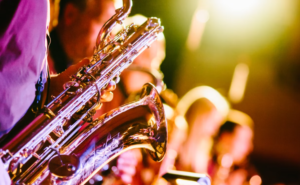
First Friday Art March is a monthly celebration of Savannah’s contemporary art scene in the Starland District. Local galleries, studios, and shops stay open late, featuring new exhibitions and special events. Food trucks, live music, and pop-up markets add to the festive atmosphere. It’s become an essential platform for emerging artists and helps strengthen the connection between Savannah’s creative community and the public. Here are other tourist spots in Savannah:
Favorite Tourist Spots
- Forsyth Park – A 30-acre park famous for its beautiful fountain
- River Street – Historic waterfront area with shops and restaurants
- Bonaventure Cemetery – Known for its beautiful sculptures and Spanish moss
- Wormsloe Historic Site – Features a stunning avenue lined with live oak trees
- Tybee Island – Beautiful beach area just 18 miles from downtown
- City Market – Historic open-air marketplace with shops and restaurants
Forsyth Park
Forsyth Park is the crown jewel of Savannah’s park system, spanning 30 magnificent acres in the heart of the historic district. The park’s centerpiece is its stunning white cast-iron fountain, modeled after those in Paris’s Place de la Concorde and installed in 1858.
Majestic oak trees draped with Spanish moss create natural archways over the walking paths, while expansive lawns host everything from local festivals to impromptu frisbee games. The park features a fragrant garden for the blind, two playgrounds, a cafe housed in a historic fort, and courts for various sports. Weekend farmers’ markets bring local vendors and live music, making it a vibrant community gathering space.
River Street
River Street winds along the Savannah River, occupying what was once the bustling cotton warehouses of Georgia’s primary port. The historic buildings, constructed from ballast stones brought by ships in the 18th and 19th centuries, now house an eclectic mix of boutiques, galleries, and restaurants. 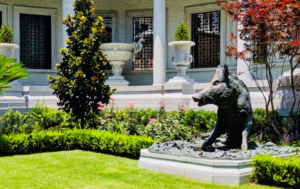
Old-world cobblestones pave the street while massive cargo ships still pass, creating a unique blend of historical charm and modern maritime activity. Street performers entertain visitors, and local candy shops fill the air with the sweet smell of fresh pralines and saltwater taffy.
Bonaventure Cemetery
Bonaventure Cemetery, immortalized in John Berendt’s “Midnight in the Garden of Good and Evil,” covers 100 acres of coastal landscape. The hauntingly beautiful grounds feature elaborate Victorian monuments, angel statues, and family mausoleums dating back to 1846.
Ancient live oaks create a natural canopy, their branches heavy with Spanish moss that sways gently in the coastal breeze. Notable graves include those of songwriter Johnny Mercer and poet Conrad Aiken. The cemetery’s location on a scenic bluff overlooking the Wilmington River adds to its atmospheric beauty.
Wormsloe Historic Site
Wormsloe Historic Site welcomes visitors with its iconic mile-long avenue, lined with over 400 live oak trees forming a breathtaking natural tunnel. This plantation site, established in 1736 by Noble Jones, one of Georgia’s earliest settlers, offers insights into colonial life.
The oak-lined drive leads to the tabby ruins of Jones’s original home, the oldest standing structure in Savannah. Nature trails wind through maritime forests and salt marshes while costumed interpreters demonstrate colonial crafts and skills. The site’s museum houses artifacts and exhibits detailing the plantation’s history and the lives of its inhabitants.
Tybee Island
Tybee Island, known as Savannah’s Beach, offers five miles of pristine Atlantic coastline. Its wide, sandy beaches are perfect for swimming, surfing, and sunbathing. The island’s historic lighthouse, built in 1732, is 145 feet tall and remains one of America’s most intact colonial-era lighthouses.
The pier and pavilion host fishing, people-watching, and spectacular sunset views. Marine Science Center educates visitors about local wildlife, while Fort Pulaski National Monument provides Civil War history. Local restaurants serve fresh seafood caught daily by the island’s shrimping fleet. 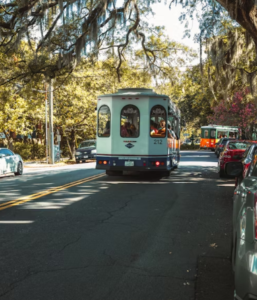
City Market
City Market is a four-block area that has served as Savannah’s central marketplace since the 1700s. Today, the restored market features open-air courtyards surrounded by restored warehouses housing art galleries, boutiques, and restaurants. Street musicians provide a soundtrack for shoppers browsing local artworks, crafts, and specialty foods.
By night, the market transforms into an entertainment district, with live music spilling from bars and restaurants. The atmosphere captures the essence of Savannah’s reputation for mixing historical preservation with modern vitality.
Sources:
- Visit Savannah Official Tourism Website (2023)
- S. Census Bureau (2023 estimates)
- Georgia Historical Society
- National Park Service Historic Landmarks Registry
Final Thoughts
Savannah, Georgia, is a historic coastal city known for its distinctive antebellum architecture, Spanish moss-draped oak trees, and well-preserved city squares in a unique grid pattern designed by founder James Oglethorpe in 1733. As Georgia’s oldest city, it features a rich blend of Southern charm and historical significance, with notable landmarks like Forsyth Park, River Street along the Savannah River, and numerous pre-Civil War mansions.
Savannah is renowned for its vibrant arts scene, ghost tours, coastal cuisine featuring fresh seafood, and role in preserving African American history through sites like the First African Baptist Church and the Owens-Thomas House. With its mix of historical preservation, cultural attractions, and modern amenities, Savannah continues to be one of the South’s most popular tourist destinations and a significant cultural center.
Greater Hilton Head Area is the Perfect Golf Resort Community With the Best Properties And Active, Friendly People With a Deep Community Spirit, Including Greater Bluffton, Lowcountry Real Estate.https://www.hiltonheadrealestatesearch.com/hilton-head-island-area.php
intern[life]: the year in pictures [2014]. http://ercwttmn.blogspot.com/2015/01/the-year-in-pictures-2014.html
DXF Map Washington DC US – Maps in Vector: Detailed Street Maps Illustrator PDF CorelDRAW EPS DWG DXF. https://vectormap.net/product-tag/dxf-map-washington-dc-us/
Make the most of your move from DC to Virginia | Helix Moving and Storage Northern Virginia. https://helixmoveva.com/make-the-most-of-your-move-from-dc-to-virginia/
Savoring Kuala Lumpur’s Culinary Delights: An Exploration of KL Catering – https://redtimes.org/savoring-kuala-lumpurs-culinary-delights-an-exploration-of-kl-catering/
5-day Savannah Adventure: Itinerary 2025 | 60% Off Hotels. https://layla.ai/itinerary/savannah,-ga-roadtrip-to-portland,-or
Travel Guide & Photo Spots: Charleston, SC. https://www.fablittledish.com/post/travel-guide-charleston
5 Interesting Facts to Know About the History of Flag Bunting – The News Hub. https://www.the-newshub.com/5-interesting-facts-to-know-about-the-history-of-flag-bunting/
Nebraska, USA: The Best Tourist Attractions in the Cornhusker State – ConnollyCove. https://www.connollycove.com/nebraska-usa-cornhusker-state/
Happy Travels,
Your Travel Team
Rachele

